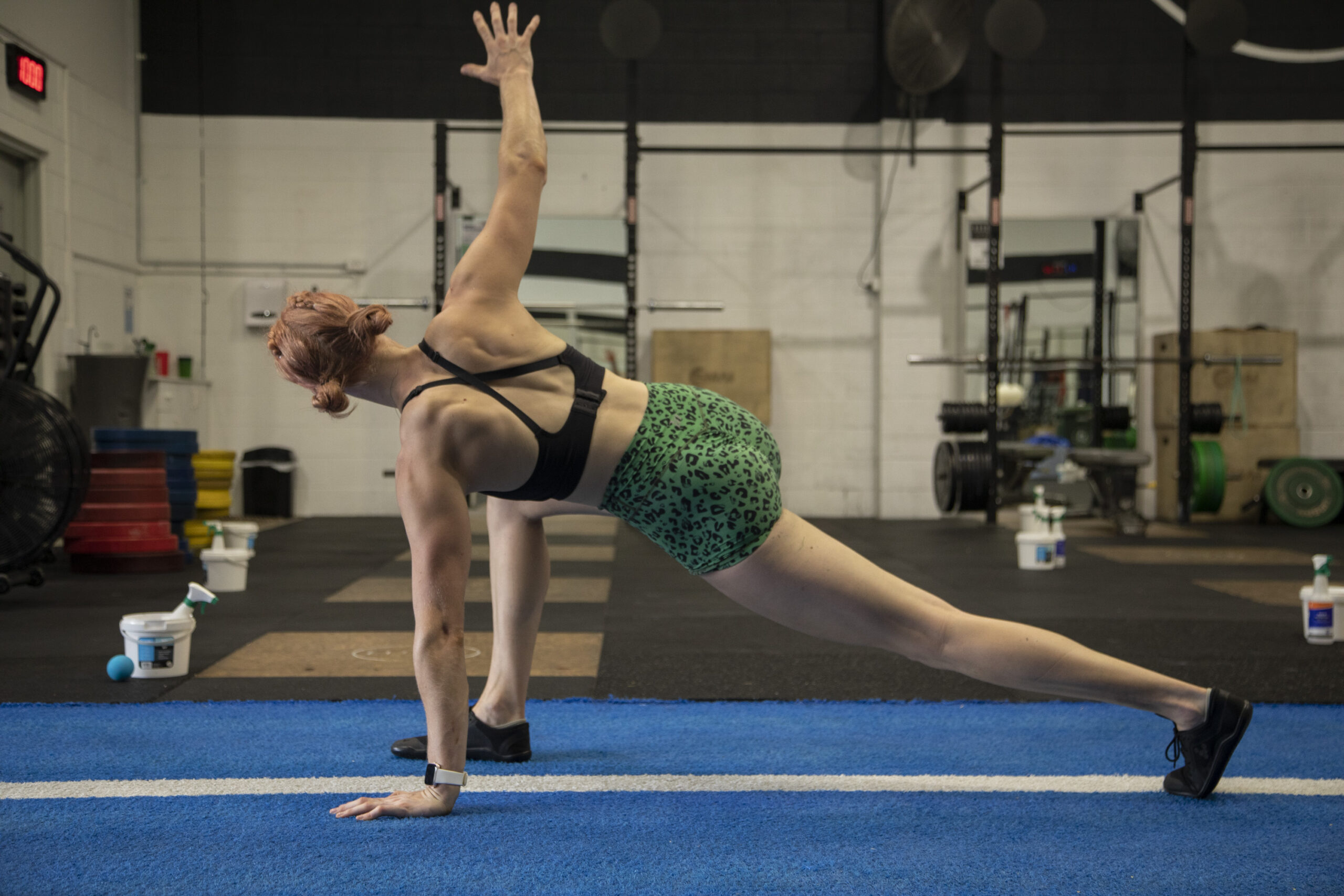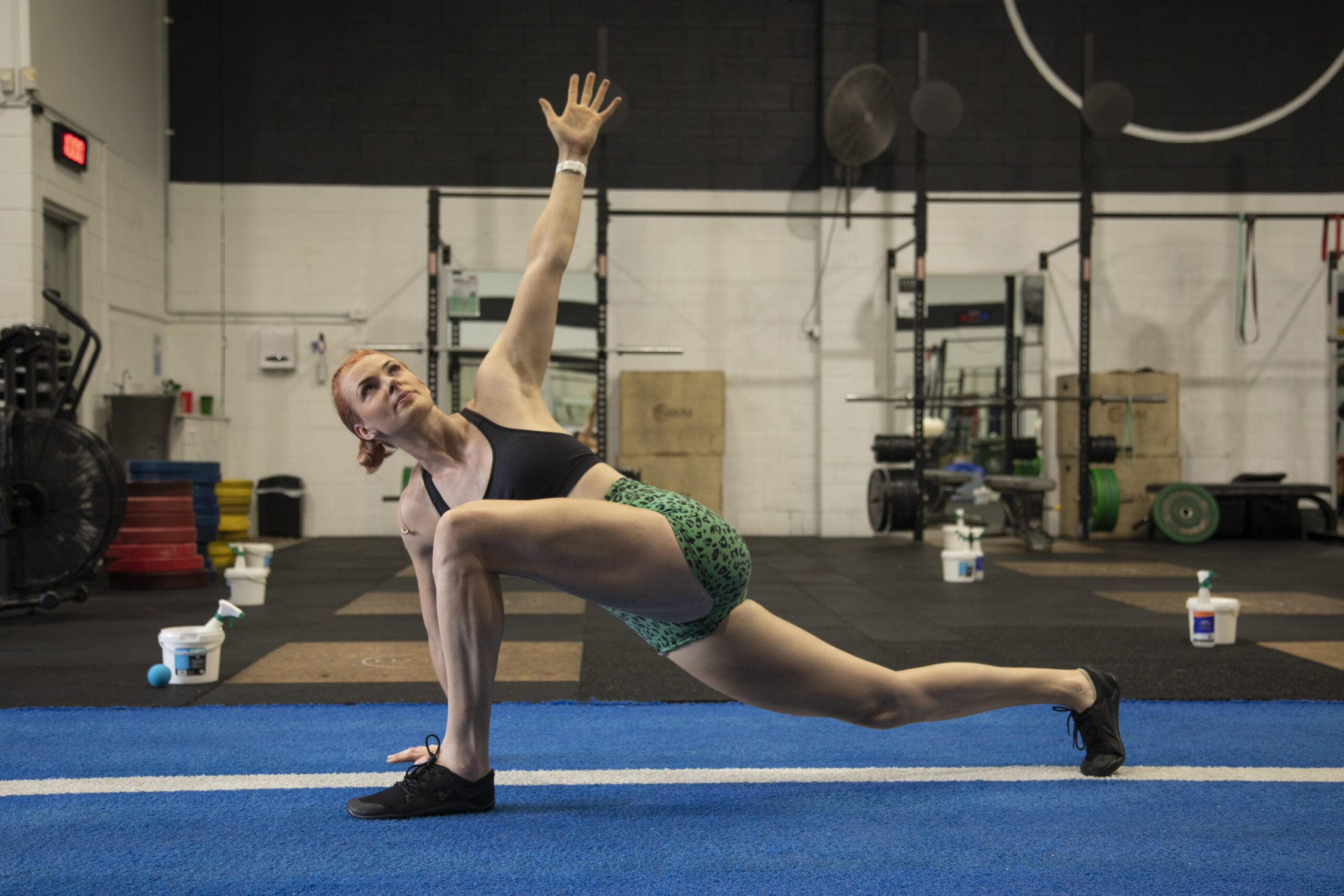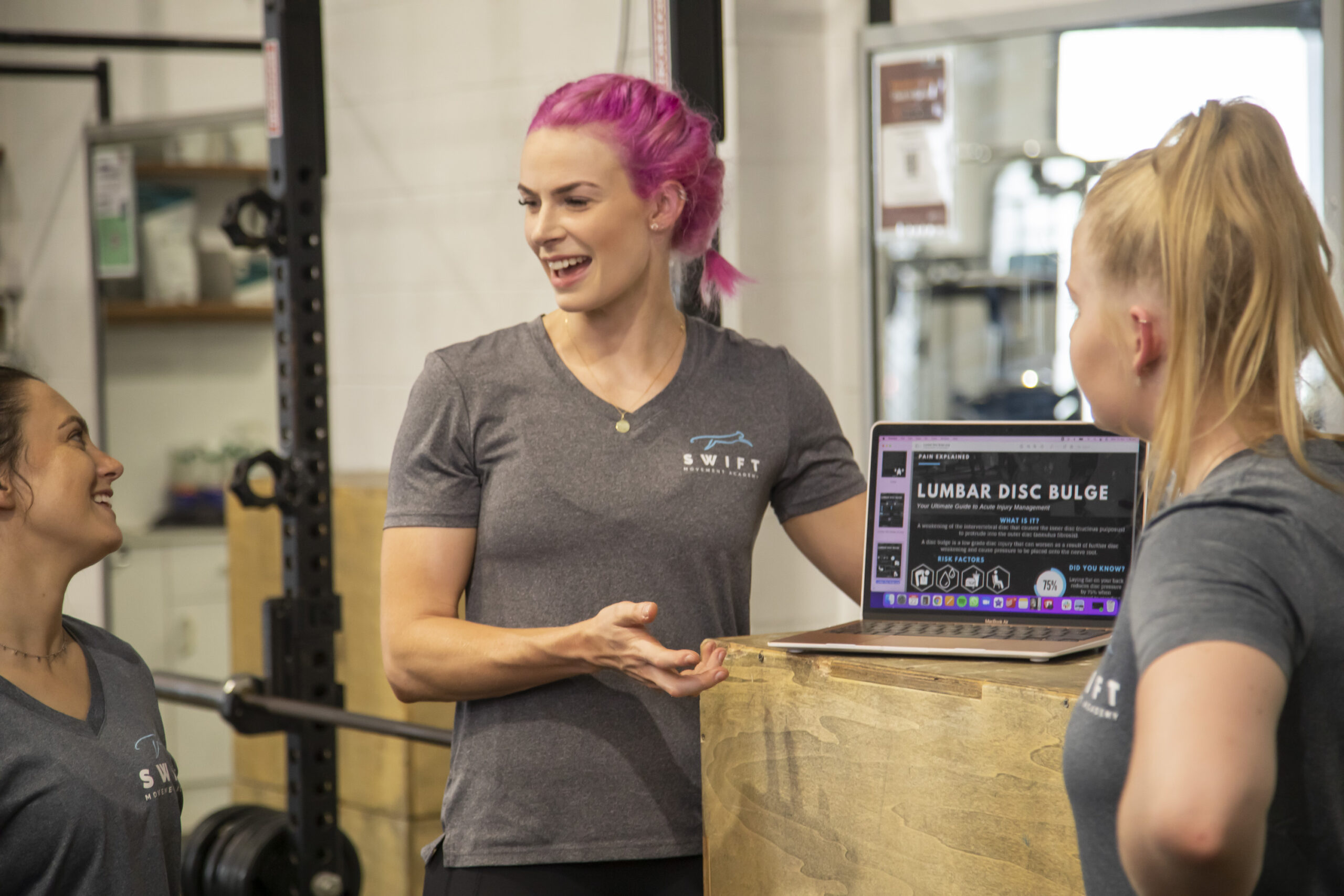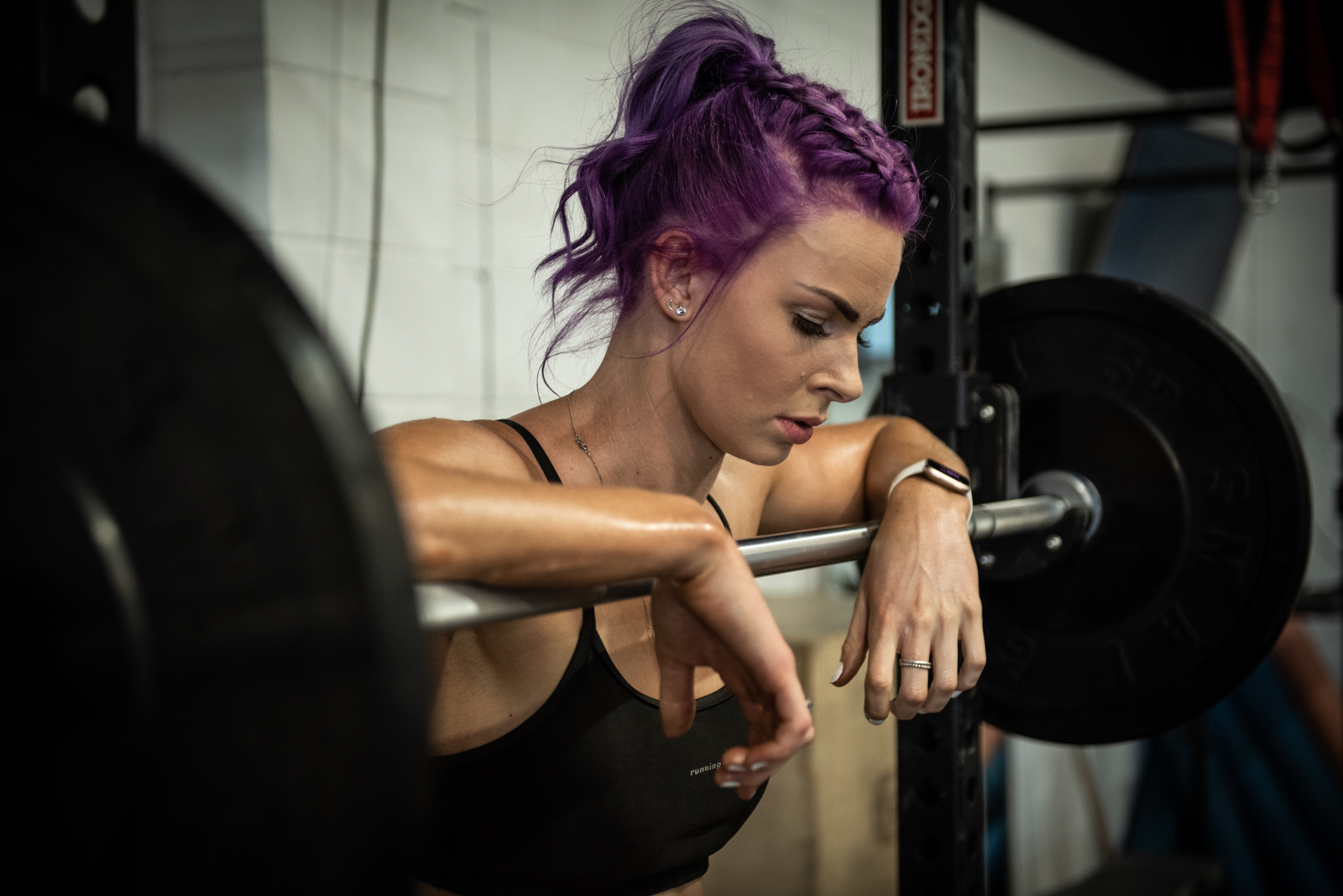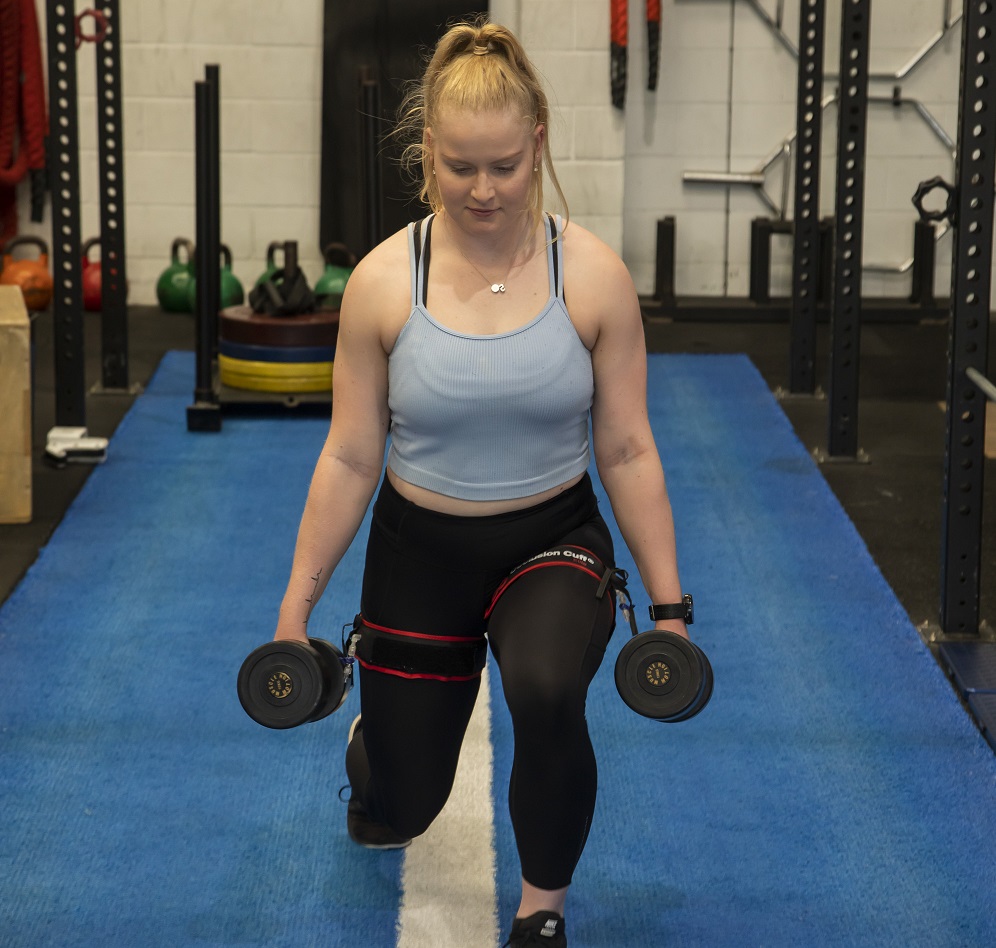The rotator cuff is a crucial part of your shoulder, and when injured, it can greatly affect your daily life and physical performance. That’s why proper rehabilitation is essential for a successful recovery. In this comprehensive guide, we’ll walk you through the stages of rotator cuff rehab, offering valuable tips and considerations along the way.
Understanding Rotator Cuff Injuries:
Let’s start by understanding what exactly a rotator cuff injury is. These injuries can occur due to various reasons, such as accidents, repetitive motions, or wear and tear over time. The symptoms can range from mild strains to complete tears of the tendons, causing pain, weakness, limited range of motion, and difficulties with daily tasks. To get the right treatment, it’s important to consult a healthcare professional who can accurately diagnose your condition.
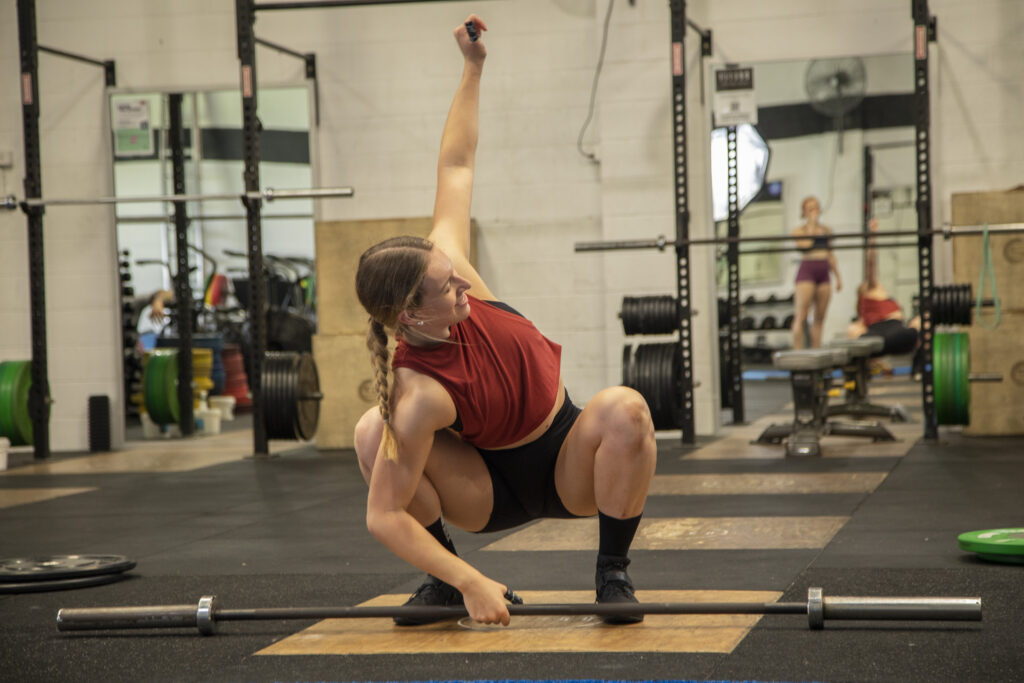
The Rehabilitation Process:
Rehabilitation for a rotator cuff injury typically consists of different phases, each focusing on specific goals and exercises. Let’s take a closer look at each phase:
Phase 1: Immediate Post-Injury Care:
Right after the injury, it’s essential to allow your shoulder to rest and immobilise it. This might involve using slings or braces to support the area. To manage any discomfort, your healthcare professional may prescribe pain medication. Additionally, applying ice packs and using heat therapy can help reduce inflammation and promote healing.
Phase 2: Early Rehabilitation:
As you progress to the early stages of rehab, it’s time to introduce passive range of motion exercises. These exercises help prevent stiffness and maintain joint mobility. Gentle stretches are also important to improve flexibility and reduce muscle tightness. As the pain subsides, you’ll gradually start incorporating exercises that strengthen the rotator cuff muscles.
Phase 3: Intermediate Rehabilitation:
In this phase, we focus on increasing the intensity of your exercises. You’ll transition to active range of motion exercises, where you move your shoulder joint without assistance. These exercises further improve flexibility and joint mobility. To build strength and stability in your shoulder, specific rotator cuff strengthening exercises like external and internal rotations will be introduced.
Phase 4: Advanced Rehabilitation:
Now you’ve made it to the final phase of rehab! It’s time to mimic the demands of your daily activities or sports through sport-specific or job-specific exercises. This may include plyometric and functional training to enhance overall shoulder stability. The key here is to gradually return to your normal activities while ensuring that your shoulder is well-prepared to handle the tasks ahead.
Additional Considerations:
While exercises play a crucial role in your recovery, there are other important factors to consider:
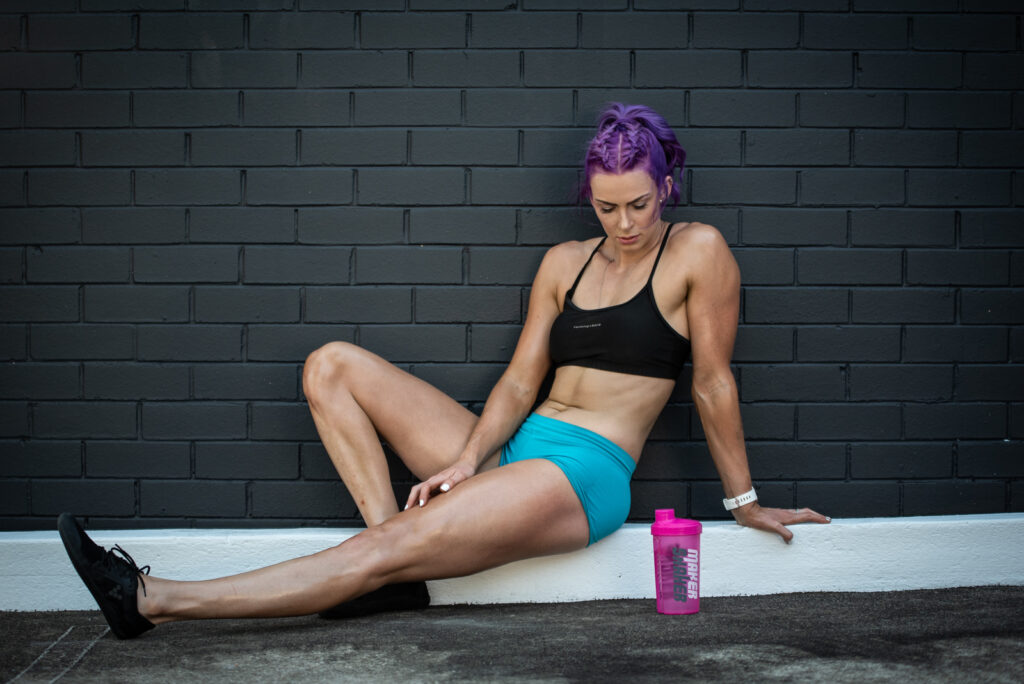
- Proper Nutrition and Hydration: Your diet plays a significant role in tissue healing and overall health. Make sure to consume a well-balanced diet with essential nutrients, and stay hydrated to aid in tissue repair and maintain joint lubrication.
- Addressing Psychological Factors: Dealing with a rotator cuff injury can take a toll on your mental well-being. Seek support from friends, family, or professionals to navigate the emotional aspects of the recovery process.
- Lifestyle Modifications: Take a look at your daily habits and make necessary changes to prevent future injuries. This might involve avoiding repetitive motions that caused the injury or improving your posture to maintain a healthy shoulder.
Working with Professionals:
Teamwork makes the dream work! Collaborating with Sports Medicine Specialists, Physical Therapists and Exercise Physiologists is crucial for a successful recovery. These professionals will provide an accurate diagnosis, develop a personalised rehab plan, and monitor your progress along the way. Regular check-ins and progress evaluations ensure that your rehab program is adjusted as needed for optimal results.
Tips for a Successful Recovery:
Let’s wrap things up with some tips to make your recovery journey a success:
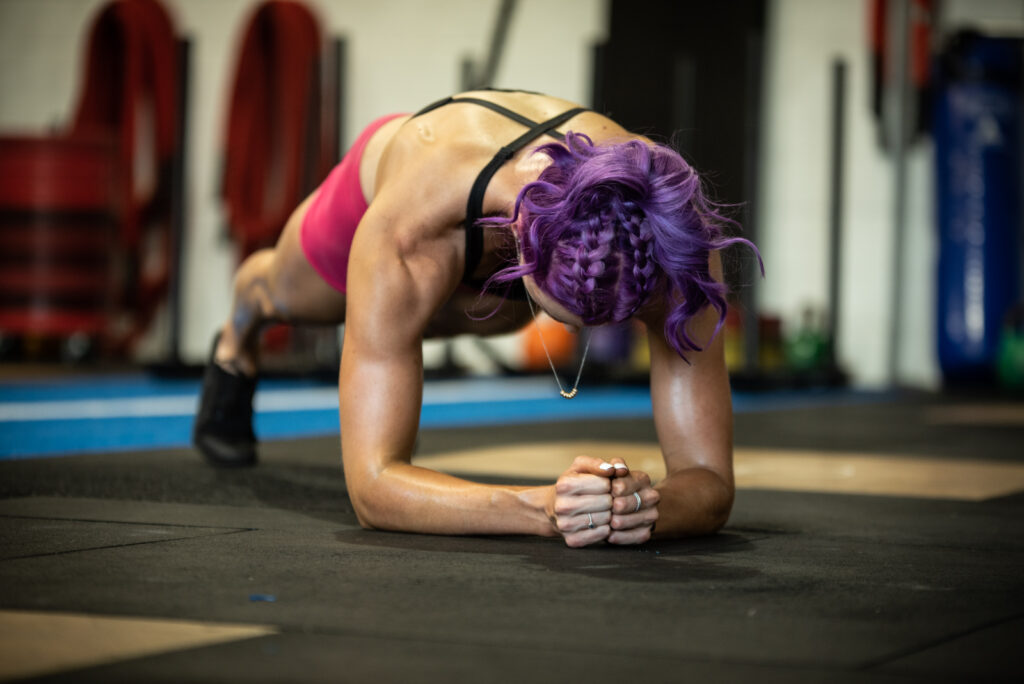
- Consistency and Patience: Stick to your rehab program religiously. Remember, recovery takes time, so be patient and avoid rushing the process.
- Individualised Approach: Listen to your body and adapt exercises and activities based on your progress. Focus on your own journey and avoid comparing yourself to others.
- Gradual Return to Normal Activities: As your shoulder strength and mobility improve, slowly reintroduce your daily activities and sports. Pay attention to your body’s signals and avoid pushing yourself too hard too soon.
Conclusion:
Rehabilitation for a rotator cuff injury is a comprehensive process that requires patience, dedication, and professional guidance. Understanding the stages of rehab, addressing additional considerations, and working with healthcare professionals are key factors in achieving a successful recovery.
Remember, each individual’s recovery journey is unique, and progress may vary. It is essential to stay committed to your rehab program, adapt exercises as needed, and listen to your body throughout the process. By following the comprehensive guide outlined in this article, you can maximise your chances of regaining optimal shoulder function and returning to the activities you love. Take the necessary steps to prioritise your shoulder health, and let the healing process lead you toward a stronger, more resilient rotator cuff.
References:
- Colegate-Stone, T. (2020). Rehabilitation following rotator cuff repair: a systematic review. British Journal of Sports Medicine, 54(2), 102-110.
- Kuhn, J. E. (2009). Exercise in the treatment of rotator cuff impingement: A systematic review and a synthesis of qualitative research. Journal of Shoulder and Elbow Surgery, 18(1), 138-160.
- Kuhn, J. E. (2016). Rotator cuff rehabilitation: Current strategies and practices. Journal of Shoulder and Elbow Surgery, 25(11), e178-e190.
- Lewis, J. S., McCreesh, K., Roy, J. S., & Ginn, K. (2015). Rotator cuff tendinopathy: Navigating the diagnosis-management conundrum. Journal of Orthopaedic & Sports Physical Therapy, 45(11), 923-937.
- Tashjian, R. Z. (2012). Epidemiology, natural history, and indications for treatment of rotator cuff tears. Clinics in Sports Medicine, 31(4), 589-604.
